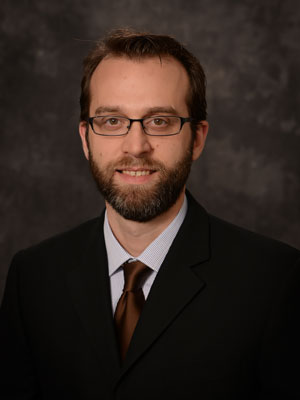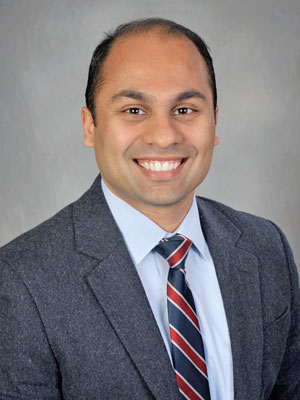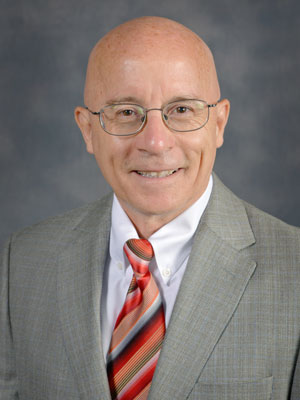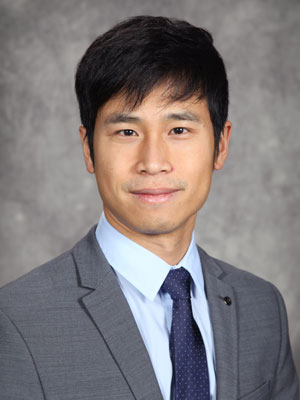
For thousands of years, geothermal energy has been harnessed as a clean and sustainable source of power.
Long ago, indigenous people around the globe, such as the Maoris in New Zealand, cooked their food using water from natural hot springs. Later, the Romans engineered a way to use the Earth’s heat to warm their buildings. Now, with modern technology geothermal wells are drilled deep into the ground in order to tap into the heat radiating from the Earth’s core and transform it into electricity.
However, one remaining challenge associated with drilling geothermal wells is the presence of hard rocks, such as granite, that slow down the process and wear down drill bits. In turn, this causes drilling time and expenses to increase.

To combat this, a team of researchers from the J. Mike Walker '66 Department of Mechanical Engineering at Texas A&M University is developing Shockwave and Plasma Accelerated Rock Cracking (SPARC) drilling technology. By making the creation of wells more efficient, accessible and cost effective, their U.S. Department of Energy funded project will help make geothermal energy a more viable alternative to fossil fuels.
Dr. David Staack, associate professor, Sallie and Don Davis ’61 Career Development Professor, and College of Engineering director of laboratory instruction, is leading the SPARC project. His team includes Dr. Dion Antao, assistant professor, Dr. Alan Palazzolo, James J. Cain Professor I and Dr. Bruce Tai, assistant professor.

“The drilling technology that we are working on has the potential to increase drilling rates (rate of penetration) and reduce the wear and tear of traditional drill bits. This is achieved by locally prestressing or precracking the rock being drilled prior to the cutting action of the drill bit,” said Antao.
As Staack further explained, the team’s SPARC technology will equip traditional drill bits with high voltage electrodes on the tip that emit a microscopic plasma discharge to shock the rock and crack it like a tiny explosion. Creating fractures and weakening the rock will allow the drill head, affixed with conventional diamond cutters, to have an easier time breaking through the material.
As Palazzolo described, along with setting the stage for further development of geothermal energy, using electric plasma bursts to increase the rate of penetration will enable the drilling process to be streamlined and therefore be more cost competitive with nonrenewable resources.

“It’s very exciting to be able to apply my expertise in machining research to study rock drilling with a real-world application,” said Tai. “This is truly a novel, interdisciplinary idea that will be a game changer.”
A game changer that U.S. Secretary of Energy Rick Perry summed up in his related press release.
“Geothermal energy is a clean and efficient base-load energy resource, making it an important part of our nation’s diverse energy portfolio,” said Perry. “Developing new, efficient drilling technologies will reduce these costs and increase the availability of this domestic renewable energy resource.”